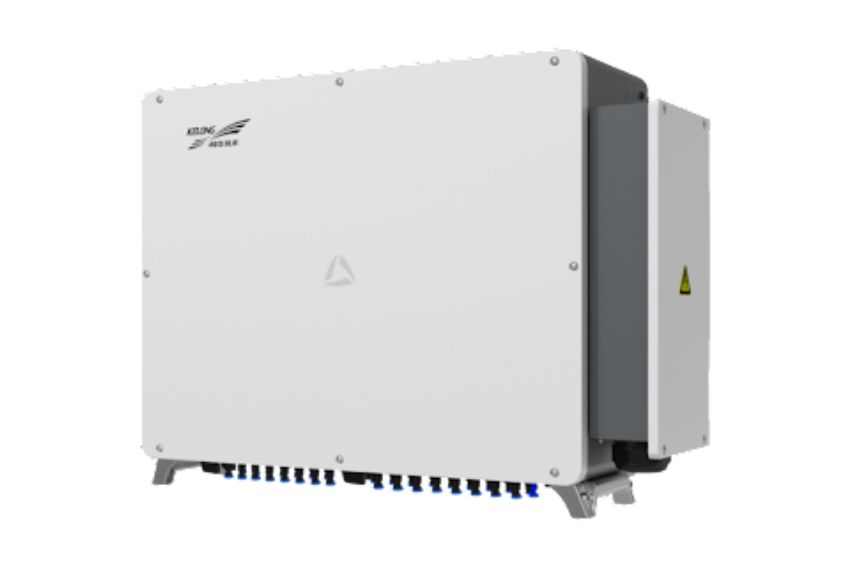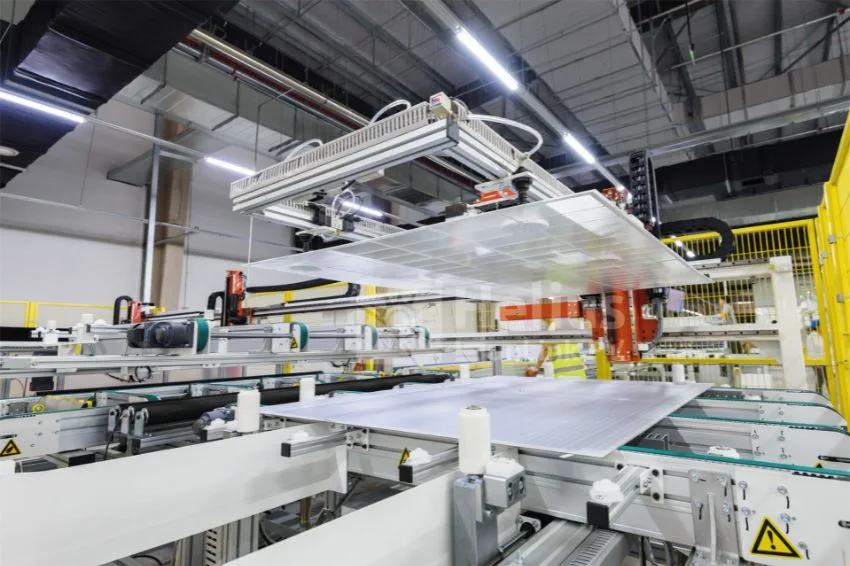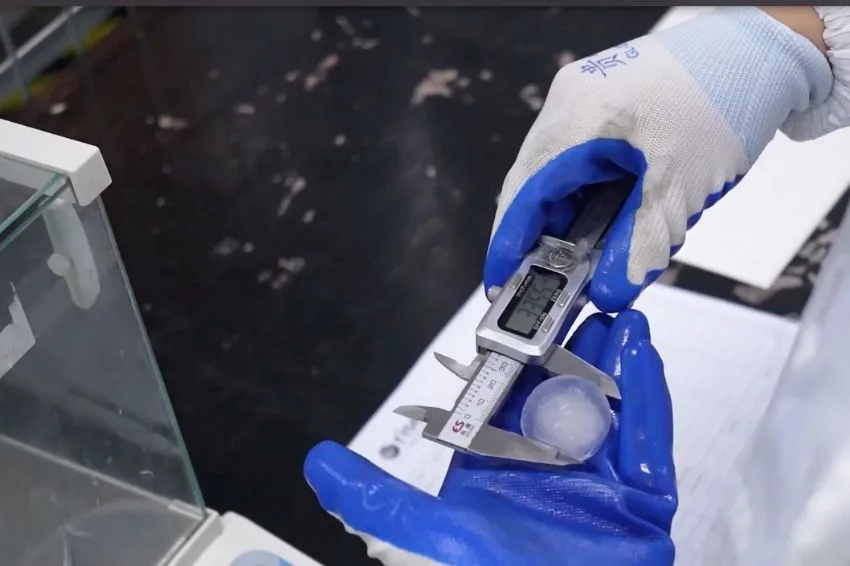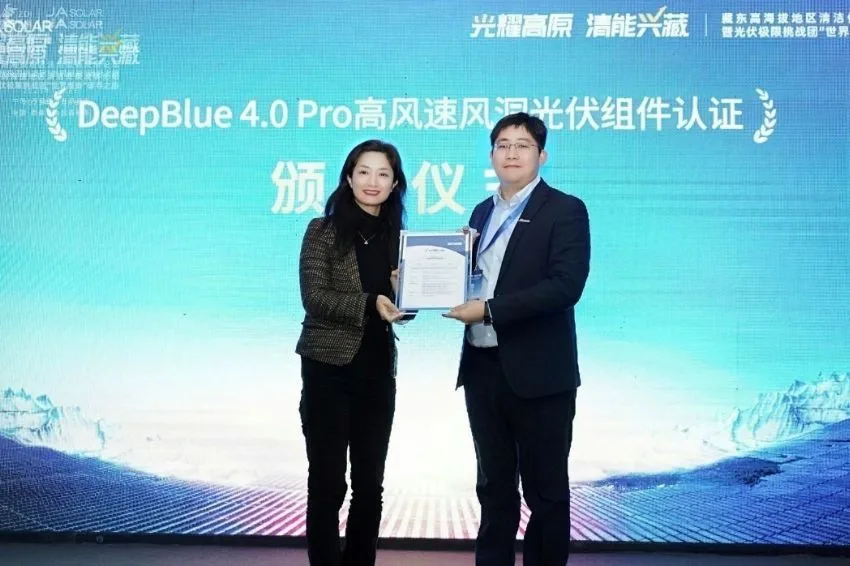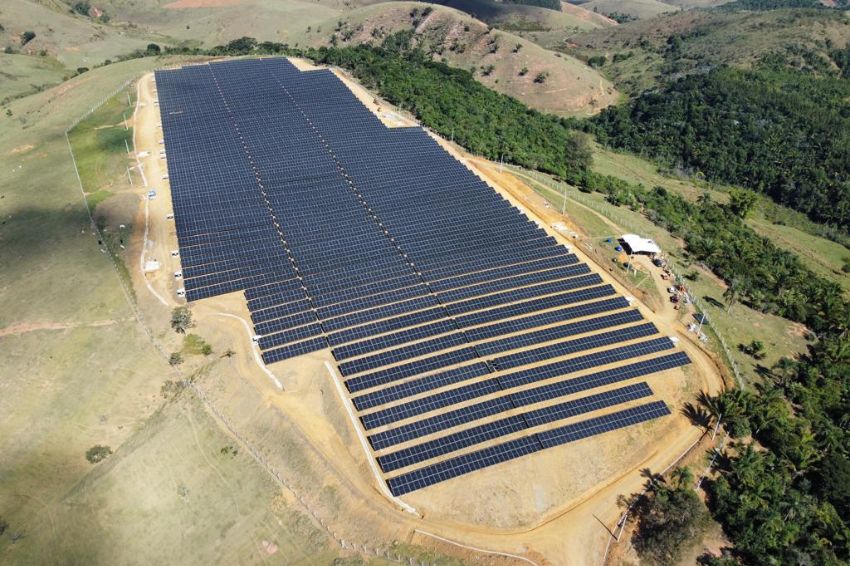A Kehua announced that, recently, its string inverter 1500 V / 350 kW SPI series passed the tests High Voltage Ride Through (HVRT) and Low Voltage Ride Through (LVRT) and passed the certification report.
In terms of dynamic reactive power support, when high and low parallel grid voltage penetration occurs, the test requires the inverter to output the target reactive current within 60 ms, the threshold must be less than 20%, the regulation time must be less than 150 ms, and the error control must not exceed 5% of the rated current.
In terms of active power control, the manufacturer stated that it should remain unchanged when the parallel network voltage is high; after it is low through recovery, the active power must be recovered at 30% of the rated power per second.
Regarding reactive power limitation, the maximum effective value of dynamic reactive current should not exceed 1.05 times the rated current when the inverter has three symmetric faults of high and low reactive current wear; as well as it must not exceed 0.4 times the rated current when asymmetric faults occur.
“Therefore, the test data shows that the Kehua 1500 V / 350 kW inverter has strong ability to withstand fault passing,” the company highlighted.
Advantages of the inverter
Kehua said that when a high or low pass-through occurs in the AC voltage measurement of the inverter, such as three-phase symmetry or single-phase asymmetry, 1500V/350kW inverter can generate power without interruption and quickly send reactive current to support the grid, increasing its stability.
“When the high and low pass-through ends, the inverter quickly restores power generation before failures to ensure maximum power generation revenue,” the company added, further reporting that since launch in June last year, the equipment won more than 2 GW of bids.
In addition to the ability to withstand fault passing, the product takes into consideration general ventilation and heat dissipation, anti-corrosion and dust-proof factors, and adopts a high-protection level design, which can adapt to various extreme natural environments.
High SVPWM efficiency and IP 66 protection
Kehua's inverter adopts a high efficiency control algorithm SVPWM (Space Vector Pulse Width Modulation, whose objective of the technique is to approximate the output voltage vector, by a combination of the eight possible between the switches) and three-level topology.
Another characteristic is that the same is equipped with IP 66 degree of protection design, C5 anti-corrosion design, aluminum alloy plate and C5 spraying process, PCBA board with improved triple proof coating treatment and improved electrical safety regulations design, which can cope with complex climate and installation environment.
Adaptable to large components
According to the company, the DC input of the Kehua 1500 V / 350 kW inverter can be adapted to large-sized and high-power modules, which can be connected with more than 1.2 times the capacity matching ratio.
“The inverter undergoes rigorous device selection and temperature rise tests, adopts good communication and heat dissipation design, and has 110% overload capacity,” the manufacturer emphasized.
High intelligence
The inverter is also equipped with I-curve sweep functionV, which can accurately identify 14 types of fault categories and complete 100 MW level square array inspection in 15 minutes to help power plants operate efficiently.
“The product has reserved power supply and communication interface for tracking support, which can further strengthen the data interconnection with the tracking system, resolve system errors, optimize the algorithm, adjust the best tilt angle, and improve generation power. The PLC communication method is adopted to save communication costs,” they explained.
Furthermore, has an interface energy storage optional reserved and is equipped with fault recording, device life prediction and online update functions to help intelligent plant operation, maintenance management and cost reduction, for example.
Read too
Ease of use
The equipment adopts a three-level design, which has lower current harmonics and improves power quality, the company said. The solution can quickly respond to network primary frequency regulation and has nighttime SVG function to reduce plant investment cost.
“Its excellent grid system adaptability enables stable operation in SCR 1.1 weak grid environment and adapts to various power plants,” they highlighted.
“It can flexibly select 3.15MW, 4.55MW and 9.1MW square array design to meet the needs of many types of large land plants, and expand the square array within a reasonable range to achieve reduction of costs and increased efficiency, reducing the value of electricity by more than 2%”, concluded Kehua.


